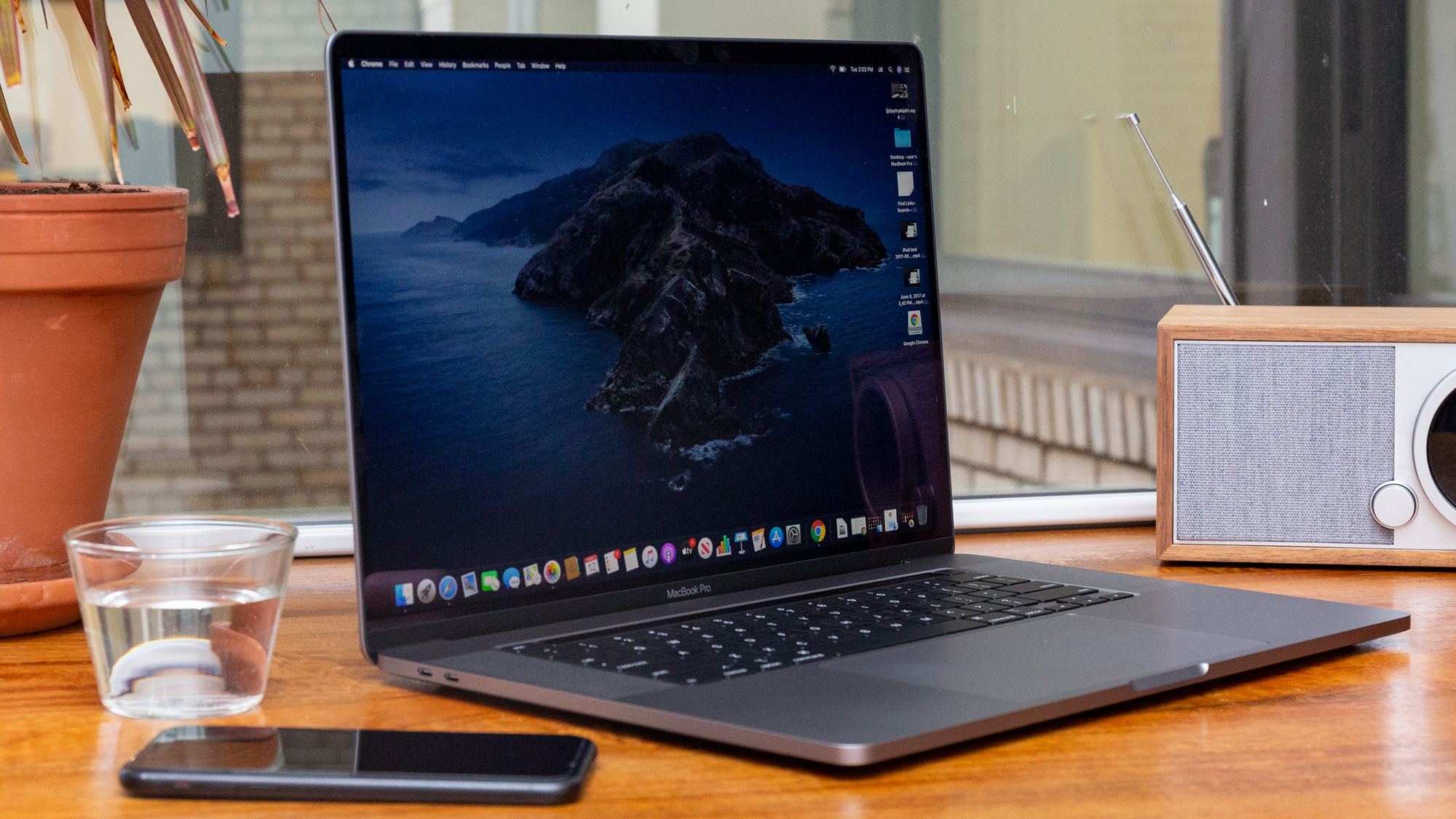So long, Intel? Apple launching multiple ARM-based MacBooks and Macs next year
ARM-equipped MacBooks are due in 2021, with USB4 ports arriving the year after

Apple's ARM-based MacBooks are no longer set to arrive this year, but we can look forward to multiple devices using Apple's own CPUs next year.
MacRumors reported on a new investor note written by veteran Apple analyst Ming-Chi Kuo. In it, he says that Apple plans to launch several Mac notebooks and desktop computers with its own custom designed ARM-based processors in 2021.
- The best laptops to buy now
- Everything we know about the MacBook Air 2020
According to the report, Apple would be able to refresh its Mac computers and MacBooks without relying on Intel. This would "reduce processor costs by 40 to 60%, and provide Macs with more hardware differentiation from Windows PCs."
Kuo was the first to report Apple's intentions to use CPUs with ARM architecture, and had previously predicted that this new kind of MacBook could arrive before the end of 2020. However he has now walked this back, claiming that multiple MacBooks will benefit from the new processors.
MacBooks currently use Intel-designed processors at the heart of their internal components. But based on our own tests of the new iPad Pro, Apple's A12Z Bionic processor outperforms the 10th-generation Core i3 chip in the MacBook Air. ARM CPUs also tend to be more efficient than their Intel counterparts, allowing for systems with longer battery life.
And since this is also the architecture used in Apple's A-series CPUs for mobile devices, it could mean collaboration tools for the iPhone and iPad like Handoff will gain new features. This may come at the expense of app compatibility, however, like we saw with the ARM-equipped Microsoft Surface Pro X.
A new claim from Kuo says that ASMedia Technology will provide the USB ports for these new ARM MacBooks, and in 2022 will provide them with new USB4 ports. USB4 is a standard released in September 2019, but has yet to be featured in any consumer devices.
Sign up to get the BEST of Tom's Guide direct to your inbox.
Get instant access to breaking news, the hottest reviews, great deals and helpful tips.
USB4 will use the same shape as USB-C, and will support the same high speed data transfer, display output and power input that Thunderbolt 3 currently does. However, it should be a more affordable component to implement since Intel, the designer of Thunderbolt (in collaboration with Apple), will allow manufacturers to use it without paying royalties.
The key benefits of USB4 include 40GBps transfer rates and charging at up to 100W, which could result in future MacBooks that juice up incredibly quickly.

Richard is based in London, covering news, reviews and how-tos for phones, tablets, gaming, and whatever else people need advice on. Following on from his MA in Magazine Journalism at the University of Sheffield, he's also written for WIRED U.K., The Register and Creative Bloq. When not at work, he's likely thinking about how to brew the perfect cup of specialty coffee.
